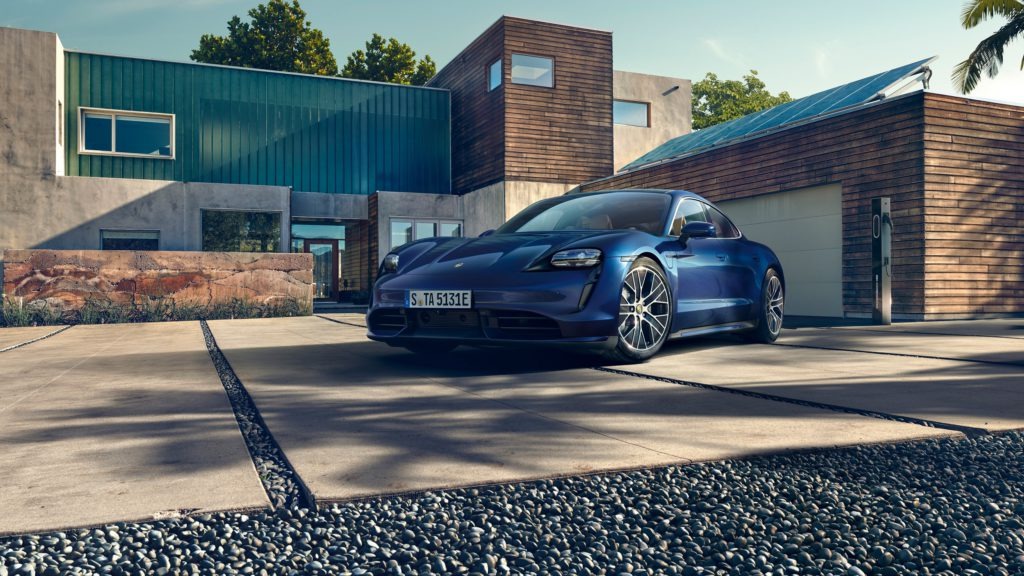Porsche unveils Taycan electric model
05 September 2019

Porsche unveils Taycan electric model
5 September 2019
Porsche has unveiled its Taycan electric car ahead of the IAA in Frankfurt – four years after it took the covers off its Mission E concept.
The company will put two Taycan models on sale initially, the Turbo S and Turbo. The carmaker believes these will be the most powerful production models it has in its product range. Other less powerful variants will follow later this year and the Taycan Cross Turismo derivative will be added at the end of next year.
′The Taycan links our heritage to the future. It carries forward the success story of our brand – a brand that has fascinated and thrilled people the world over for more than 70 years,' said Oliver Blume, chairman of Porsche, who opened the world premiere in Berlin: ′This day marks the start of a new era.'
Advanced propulsion
The Taycan is the first production vehicle with a system voltage of 800 volts instead of the usual 400 volts for electric cars. This is a particular advantage for Taycan drivers on the road: in just over five minutes, the battery can be recharged using direct current (DC) from the high-power charging network for a range of up to 100 kilometres (according to WLTP). The charging time for five to 80% SoC (state of charge) is 22.5 minutes for charging under ideal conditions, and the maximum charging power (peak) is 270 kW. The overall capacity of the Performance Battery Plus is 93.4 kWh.
The flagship Turbo S version of the Taycan can generate up to 560 kW overboost power in combination with Launch Control, and the Taycan Turbo up to 500 kW. The Taycan Turbo S accelerates from zero to 100 kmh in 2.8 seconds, while the Taycan Turbo completes this sprint in 3.2 seconds. The Turbo S has a range of up to 412 kilometres and the Turbo a range of up to 450 kilometres, according to WLTP testing. The top speed of both all-wheel-drive models is 260 kmh.
Global launch
The Porsche Taycan's world premiere took place simultaneously in North America, China and Europe. The most important sales markets of the new electric sports car are on these three continents.
The event locations are also a synonym for three ways of sustainable energy management. Niagara Falls, at the border between the US state of New York and the Canadian province of Ontario, represents hydro-power, a solar farm in Neuhardenberg near Berlin represents solar power, and a wind farm on Pingtan Island, around 150 kilometres from the Chinese city of Fuzhou in the province of Fujian, highlights wind power.
By 2025, the manufacturer is targeting that every second Porsche it sells will have an electrified drive system. It also wants a 50/50 split of these sales to be pure electric and hybrid vehicles, with a €500 million investment in the development of different Taycan models and €1 billion earmarked for electrification of the company's existing fleet. This is all part of a larger €6 billion investment, which includes spending on material assets and costs for developing both electric vehicle and plug-in hybrid technology as the manufacturer looks to compete with Tesla in the premium electric car market.